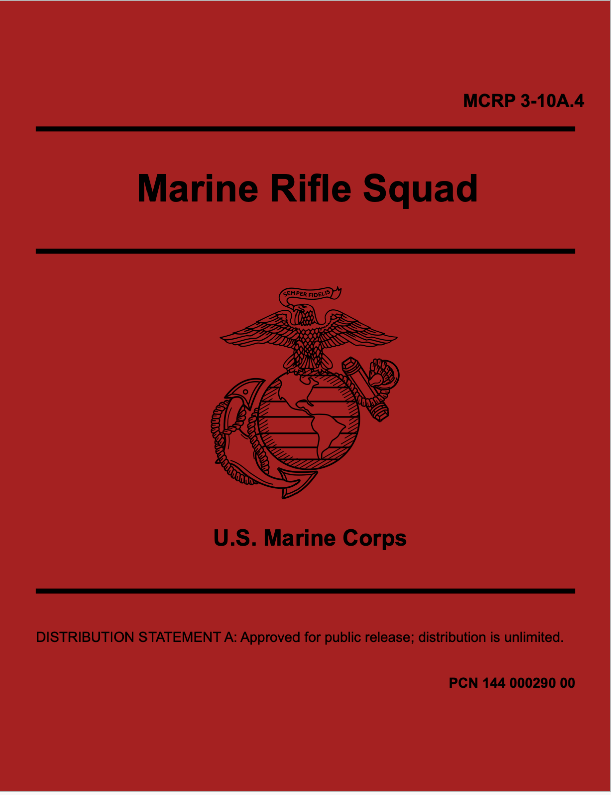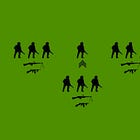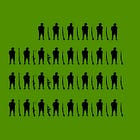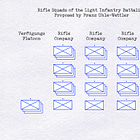Three Hundred Assaults (Abstract)
The Rifle Squad as Part of the Platoon Attack
With this article, the Tactical Notebook begins the serialization of Three Hundred Assaults. Written by Lieutenant Colonel Brendan McBreen, USMC (Retired), the series explores the results of a program of simulations, each of which depicted an assault conducted by a Marine rifle squad.
Abstract
What are the best practices to conduct a squad assault? What skills are needed? What tactics do combat veterans recommend? What techniques work best in what situations? What cues do experts track? What are their priorities? What decisions are required during the assault? Every tactical operation is simple when drawn on paper, but surprisingly complex in the real world, when fighting a competent enemy on actual terrain.
Where are the answer to these questions? Not in the squad manual [MCRP 3-10A.4], which is poorly written and lacks diagrams. Not in our training standards, which are superficial. Not in our school handouts, which lack standardization. And only intermittently in our exercises and unit training, depending on the experience and ability of our unit leaders. Where else can we learn how best to assault? In simulation.
Using a simulation, we conducted 300 assaults, against increasingly difficult enemies, occupying different defensive positions, and from different distances. The results provided tremendous learning experiences and multiple insights. Practice and repetition reinforced key lessons on the importance of pinpointing the location of the enemy, overwhelming him with suppressive fire, reading the dirt, and advancing by fire and movement. Additional lessons helped us to prioritize other aspects of a successful assault.
We then surveyed dozens of Marine leaders asking for recommendations on assault techniques and information on how they learned their own best practices. Most acquired their knowledge of the squad assault on their own, from peers and mentors, in training and in combat. To benefit all Marines, we need to: (1) Improve our manuals—manuals drive our training standards and schools, (2) Train with simulations—to augment training that cannot be replicated in the field, and (3) Use simulations to improve our manuals.
What can we learn from simulations? A great deal. The 300 assaults in this experiment provided rich feedback on complex tactical situations. Some lessons were obvious, some confirmed and reinforced techniques taught by the Marine Corps, and some lessons were surprising. Suppression, cover, and movement under enemy fire are not easily trained when no one is shooting at you. Critics argue that simulations are fake. But your thought processes, estimates, and tactical decisions are exactly the same as they are in real life. Most importantly, simulations can introduce and reinforce lessons that cannot be learned outside of actual combat.
Editor’s Note: I am delighted to report that the original inspiration for Three Hundred Assaults came from “The Mind of the Squad Leader,” a piece posted in the Tactical Notebook in January 2023. The latter article, in turn, owes its existence to the work of Michel Goya, whose work can be found at La Voie de l’Épée.
For Further Reading:
The Tactical Notebook has published more than five hundred articles about the armies that are, the armies that were, and the armies that might have been. If you like what you see, please subscribe and share. If you don’t like what you see, there is something seriously wrong with you. Report to sick bay immediately.










